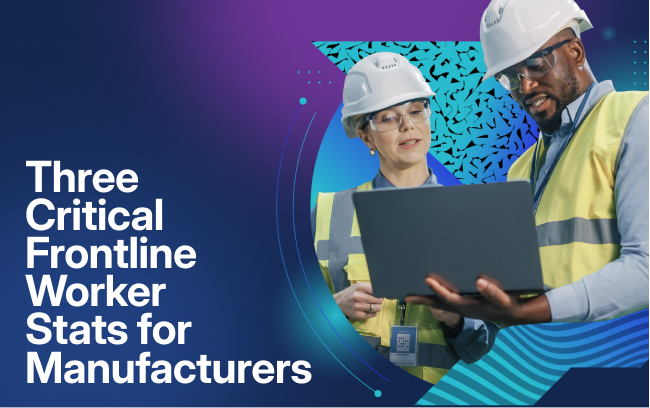January 4, 2021
6 Min. Read

Online learning has a number of advantages for businesses challenged with the need to deliver effective, continuous training across their entire workforce. With so many employees forced to work remotely due to the pandemic, many businesses are also feeling pressure to make the shift toward purchasing an LMS. If you are one of those businesses, here are five things to help you along your journey.
1. Conventional Learning Is a Thing of the Past
Delivering top-quality, consistent training to a distributed workforce via conventional learning methods can be difficult for a variety of reasons. Scheduling a time for employees to attend training sessions can be tough. There will always be some that are unable to attend. When this happens, some workers get the training they need and others do not. When employees are held to the same performance requirements, it is essential to ensure they all receive the same level of training. Since e-learning is delivered on demand, employees can complete training courses on their own schedule, anytime, anyplace, and on any device.
2. Your Company Is Only as Good as Your Employees
As such, employee development is essential. Yet, even in 2021, many companies still do not have a streamlined process for corporate training or e-learning. It wastes both time and money—two things you really don’t want to lose. If you’re a multi-location business owner and your managers are still handing out sheets of paper for your company’s training collateral, and spending a large amount of administrative hours manually tracking attendance, I have some news for you: For the success of your business, it is critical for you to change with the times. Even if the coronavirus pandemic had never happened or finally becomes a thing of the past, online learning is here to stay.
2. Scalability Is Key
Finding a streamlined process to train your workforce is critical, whether employees are five feet or 50,000 miles away. At the heart of any successful business endeavor is scalability.
What are you currently doing to run a well-oiled corporate (or franchised) machine, and what are you doing to be at scale?
There are many headaches that come from running a business and running one with various locations. Some of them are inevitable and come with the territory. But there are also problems that arise that can be avoided, which is important when you’re trying to run a high-performing, well-oiled machine. For example, trying to standardize a system that is adequately equipped to deliver training to all of your employees is especially problematic right now with so many remote employees and geographically dispersed teams. This is precisely why you need a learning management system.
3. Don’t Settle for Just Any LMS
A learning management system (LMS) is software that helps administer, document, track, report and deliver e-learning courses or training programs. Because e-learning is so common now, the market is saturated with LMS vendors. Therefore, it is really important that you know what you need, what to look for, and not to settle for anything less.
When purchasing an LMS, you should be able to:
- Easily create courses that are tailored to your company’s needs
- Test your employees’ knowledge retention of completed courses
- Easily track your employees’ progress as they navigate the courses
- Measure the total impact of your e-learning on your company’s bottom line, and how it directly correlates to the KPIs set forth
The Schoox learning management system has all four of these capabilities, and more.
5. Embrace the Benefits of Modern Technology
Training consistency
With Schoox, employees can participate in online training in groups or individually, as their schedules permit. As such, content remains the same from one learner to the next. For training and HR managers who are accountable for making sure all employees have access to consistent training, this benefit is invaluable.
Self-paced instruction
An additional benefit of e-learning is the self-paced nature of the instruction. Employees can spend extra time fine-tuning the information they did not quite grasp the first time around.
Software integrations
Further, being able to easily and quickly integrate other technologies with a learning management system is key. There are various tools available that add an entirely new dimension to learning and greatly improve the quality and user experience of the LMS. Since learning management systems continue to be designed to benefit a teams spread out across different areas, social tools, like blogs, groups, discussion forums, and gamification elements like points, leaderboards and badges, greatly help to increase communication and cause the distance gap to feel a whole lot smaller.
Interactive learning experiences
Technology offers other benefits, as well. Training experiences are more dynamic and interactive, changing according to users’ needs. The goal is to attain maximum cooperation between users and systems and seamlessly integrate practices across broader platforms.
Globalization-ready
Text-to-speech functionality continues to be an excellent aid to users who are visually impaired. The dependency on users’ rhetoric skills can cause training to be less efficient, particularly when evaluating users in different countries. As such, Google invests more time and money in these technologies. So, even if all of your employees are native English speakers right now, that may not always be the case with increased globalization. Enabling these technologies help tremendously with collaboration across different regions or countries.



